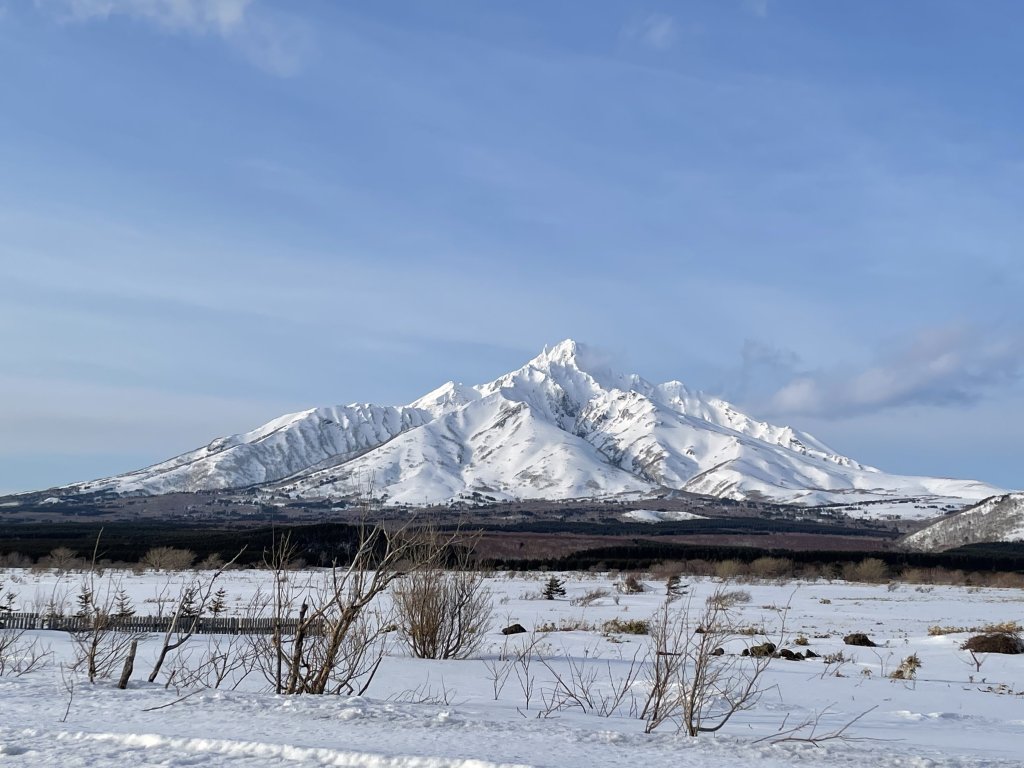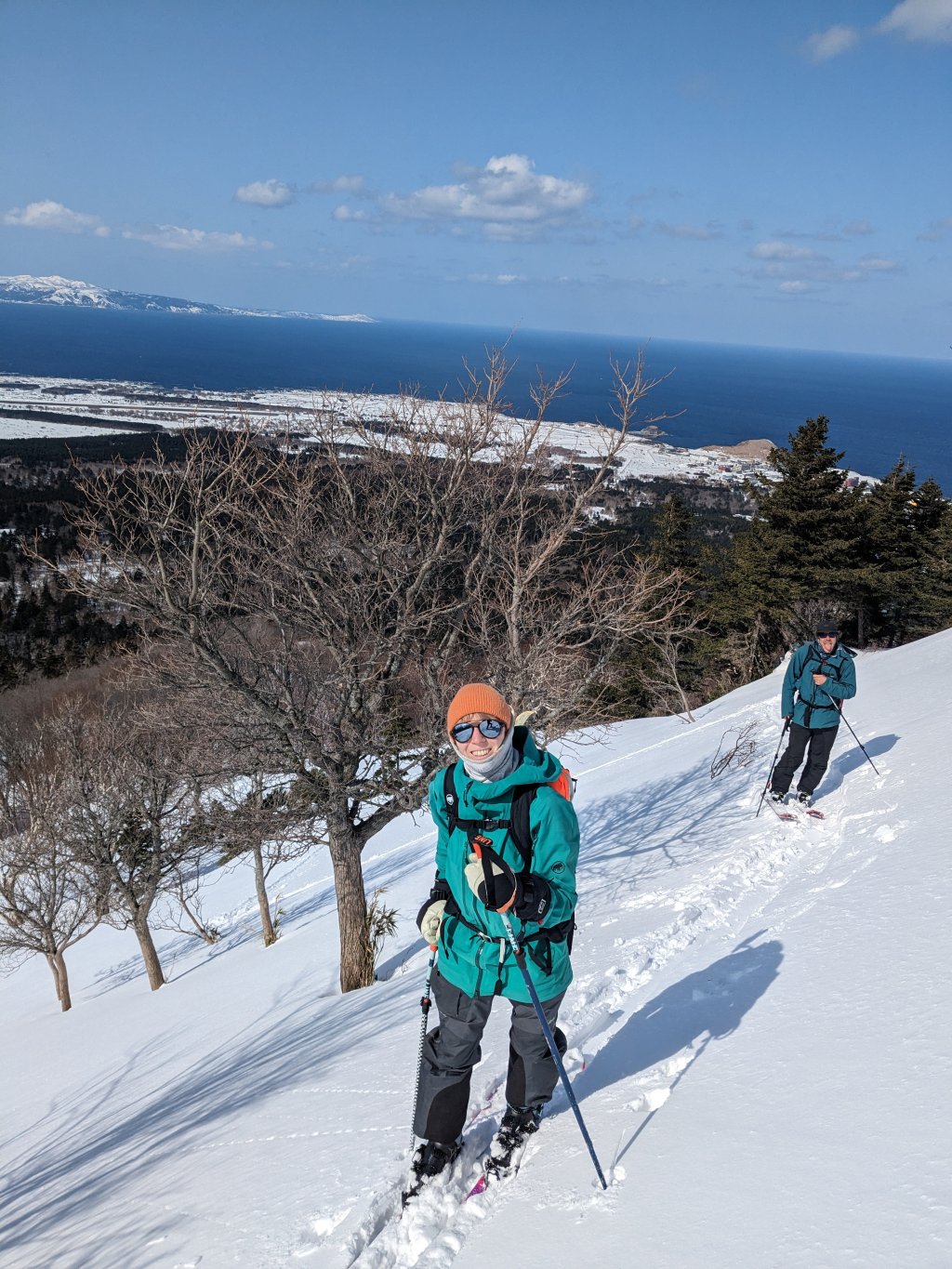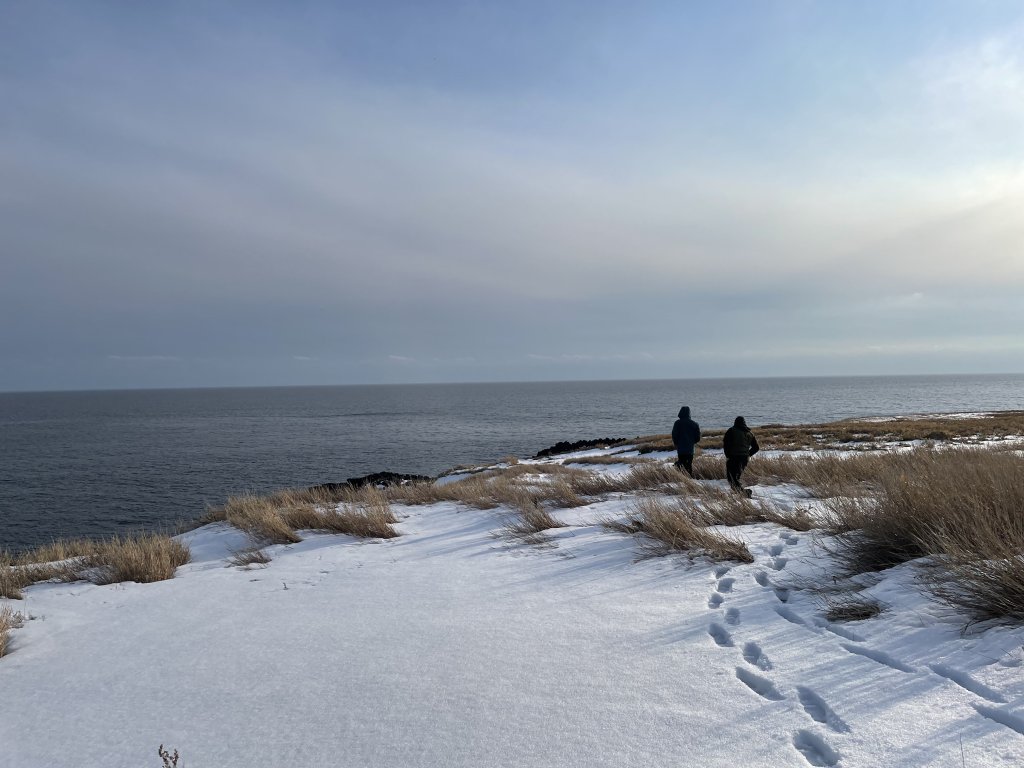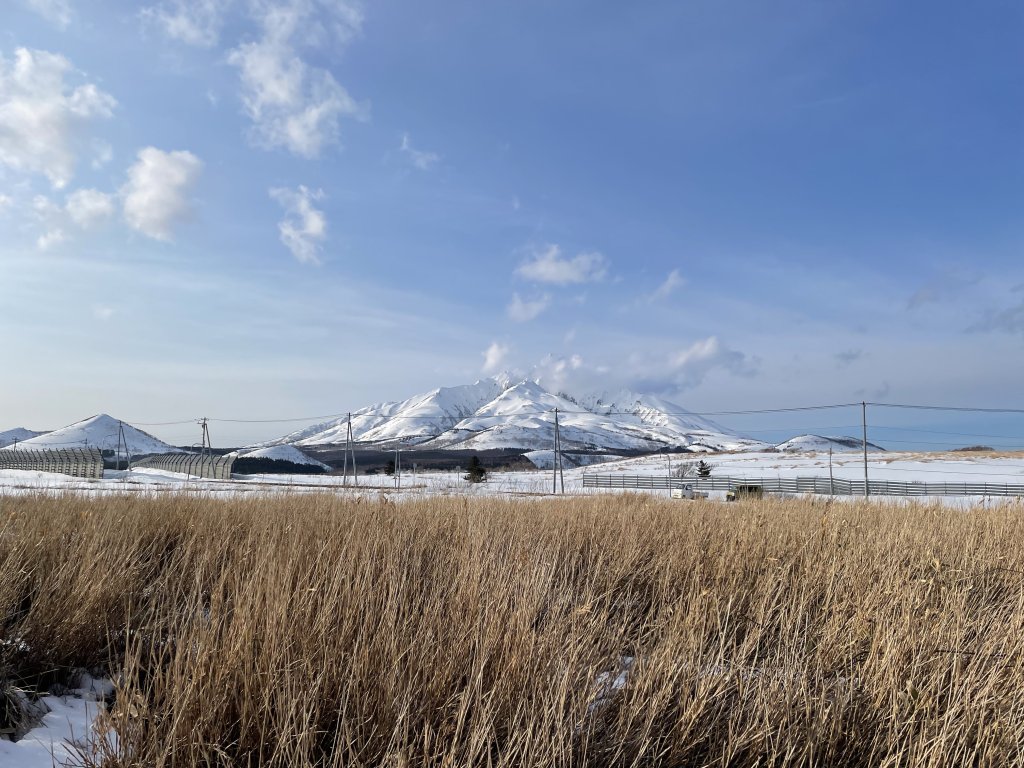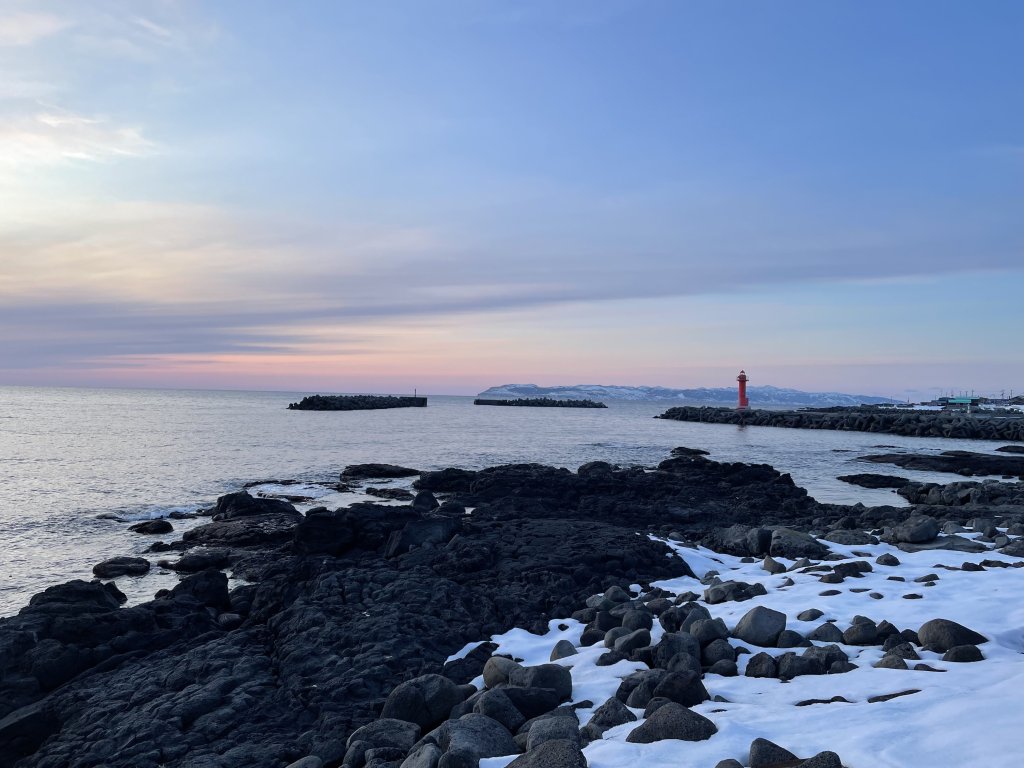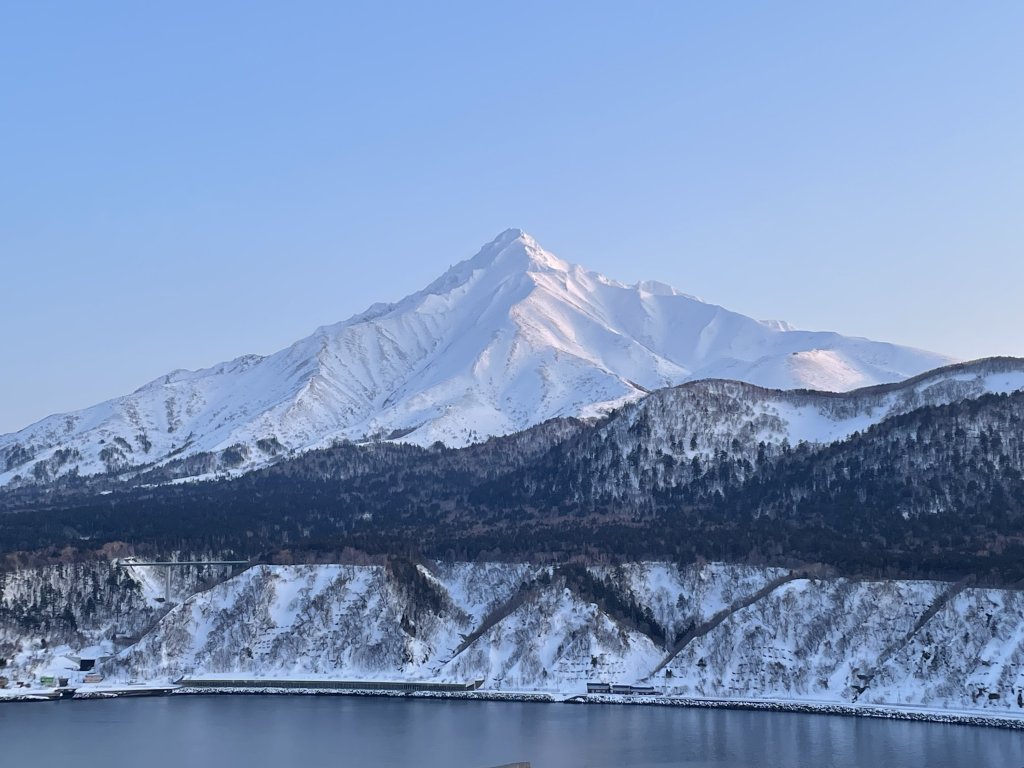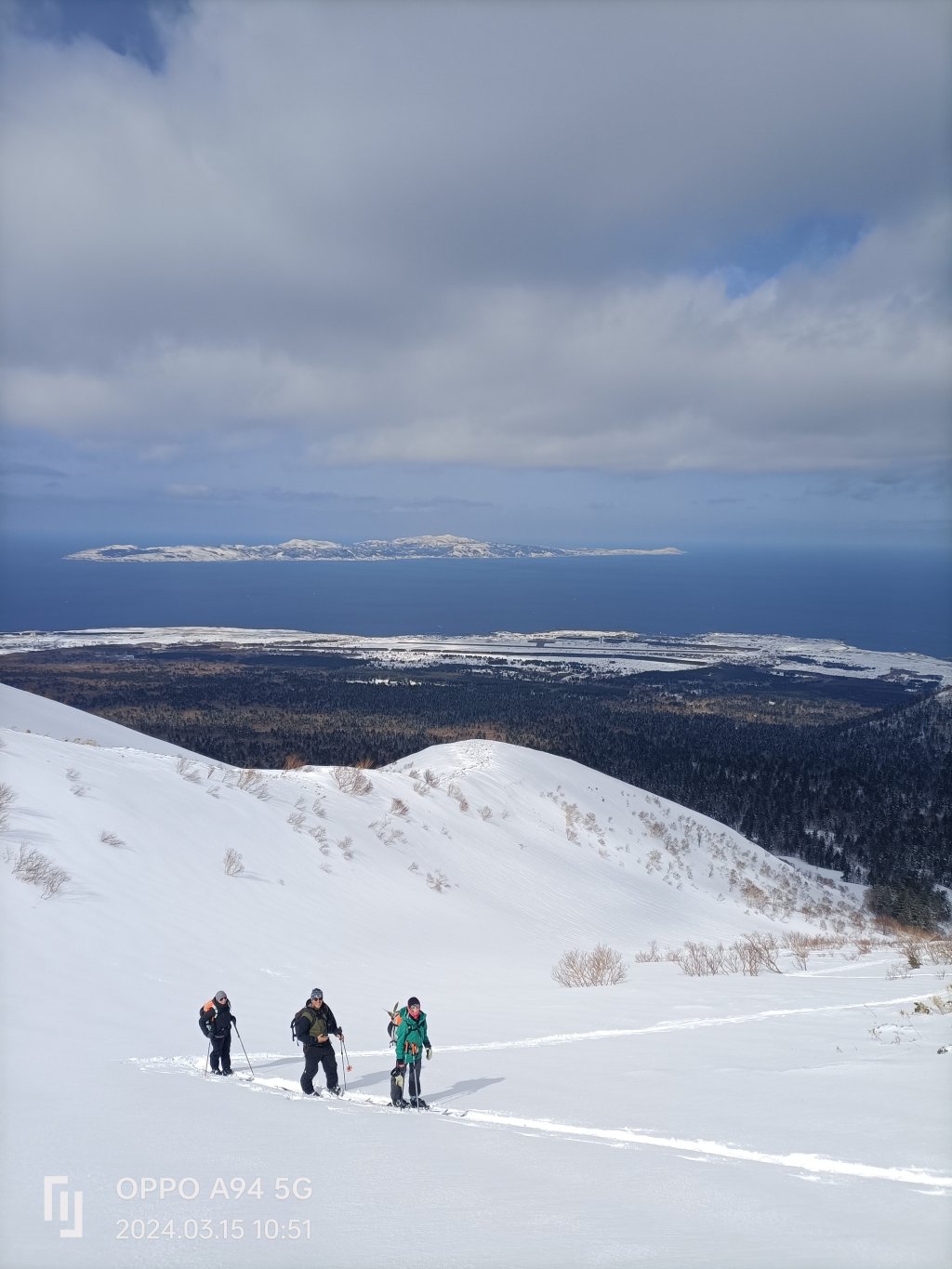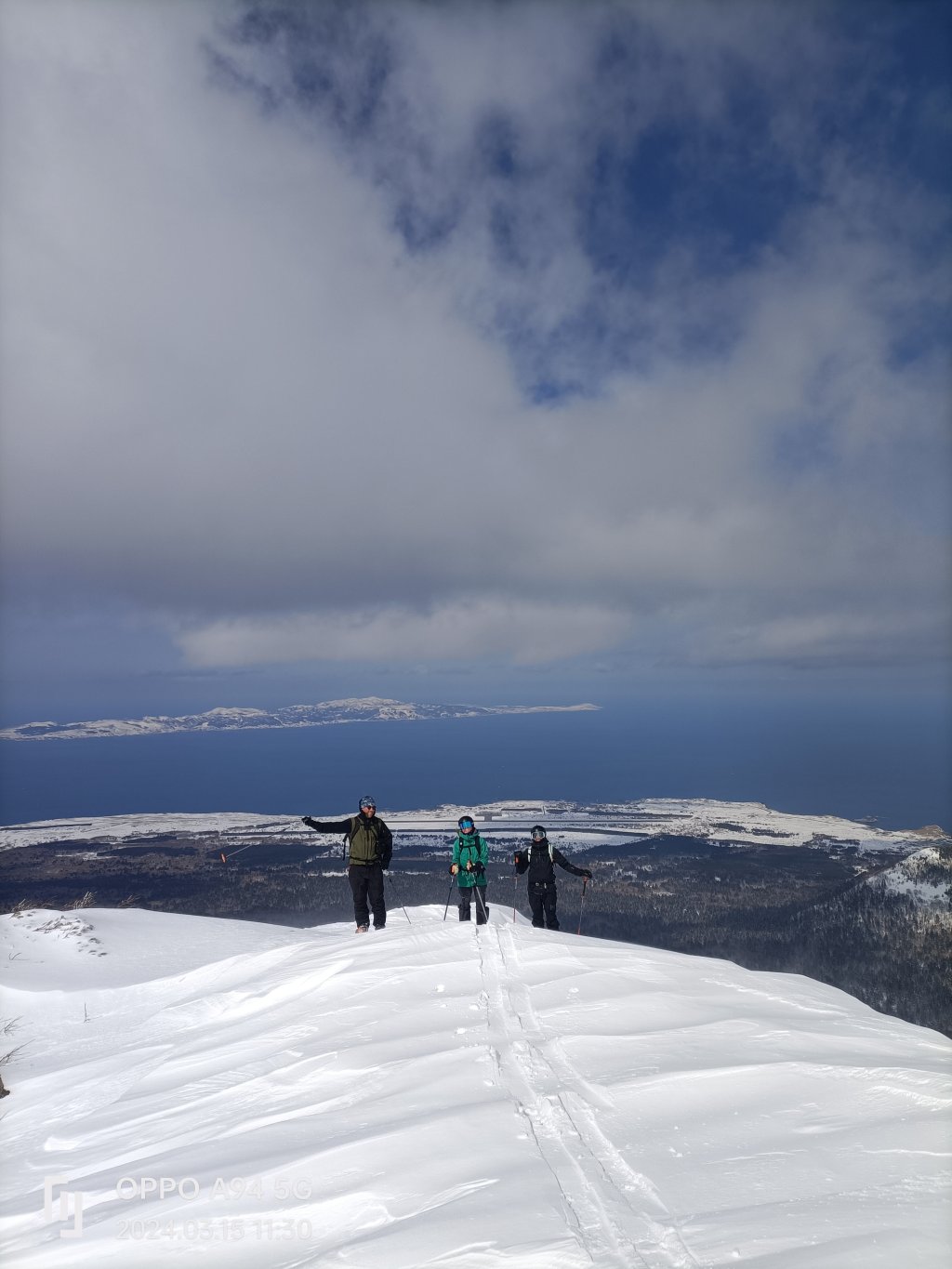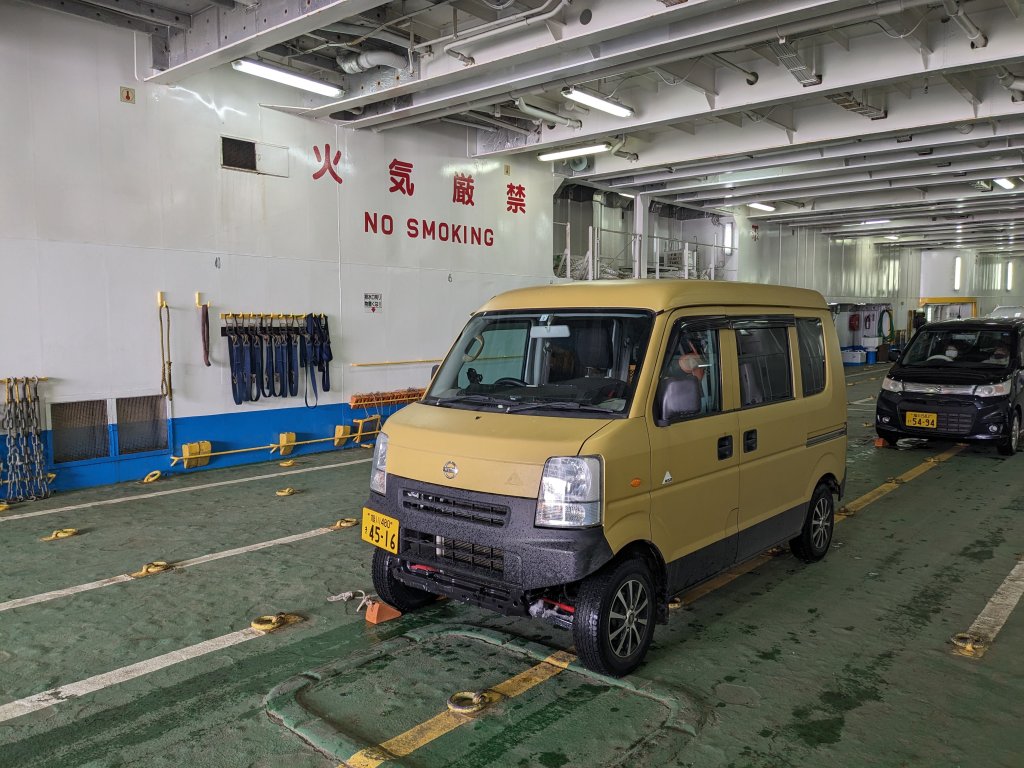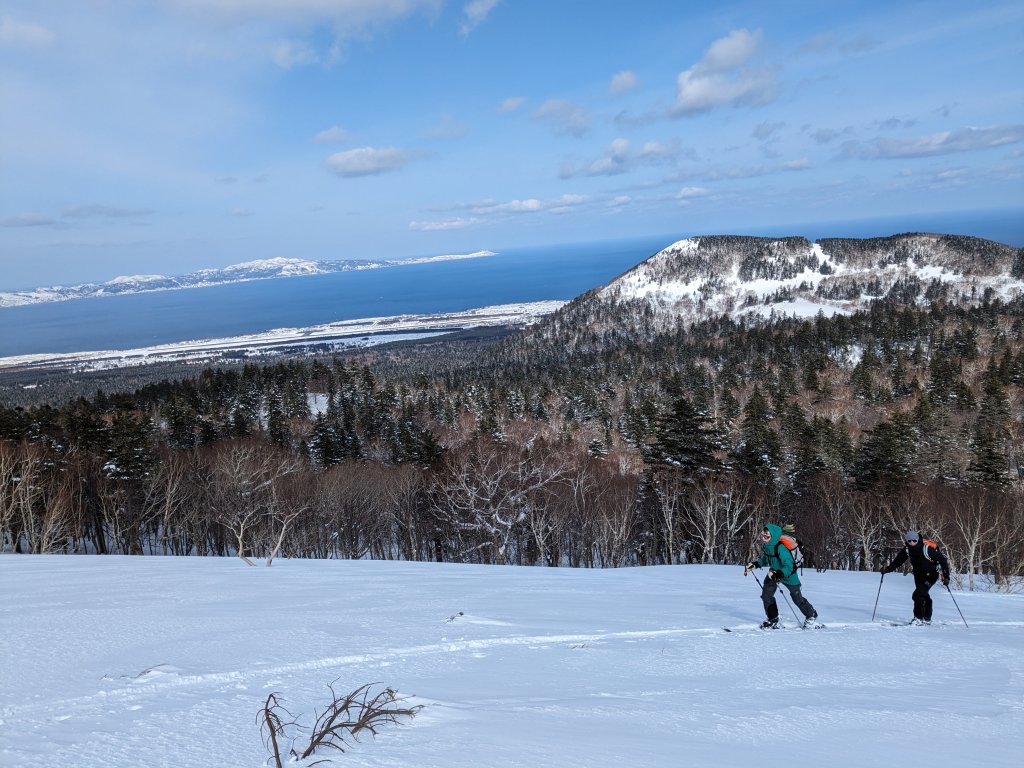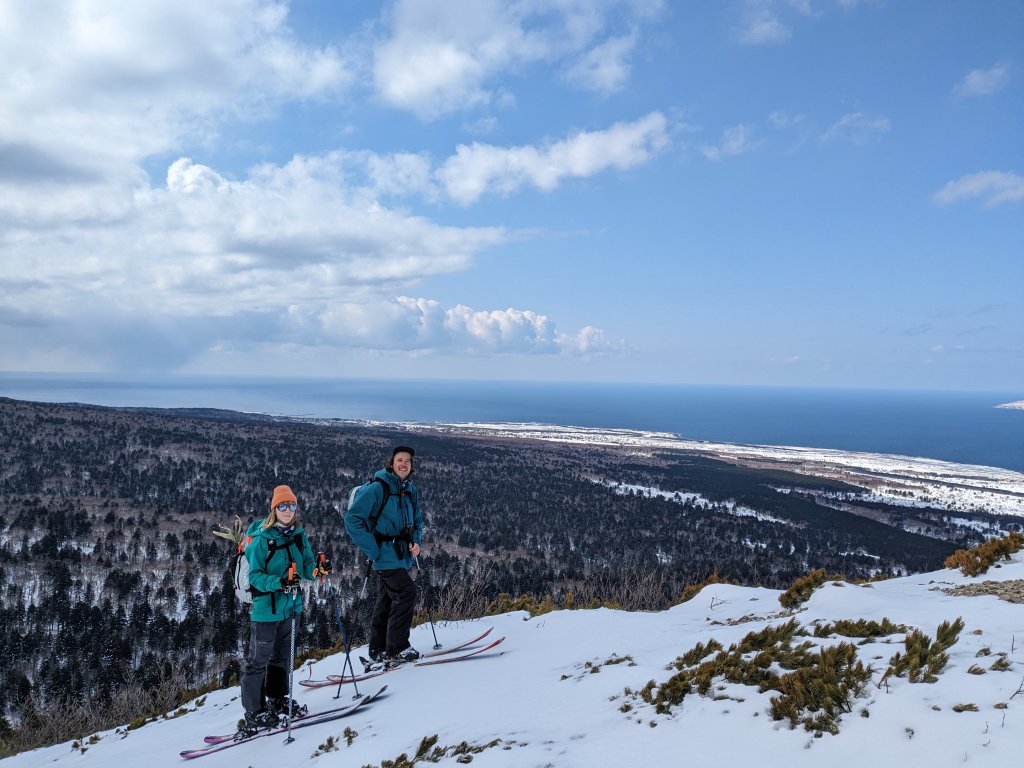The island
Rishiri is located north-east of Hokkaido and can only be reached by ferry from Wakkanai. The island is almost circular, with Mt. Rishiri, a long inactive volcano, at its centre. The crater of the former volcano rises majestically into the air; its jagged crown and the countless couloirs and ridges extend in all directions to the sea. Rishiri has 63 kilometres of coastline and a total area of 183 square kilometres, and is home to around 6000 people. The summit is 1721 metres above sea level. Next to Rishiri is the small sister island of Rebun, which, unlike Rishiri, is uninhabited and much flatter and elongated. Wakkanai is the northernmost town in Japan and the Russian island of Sakhalin can be seen in the distance from here.
As already mentioned, you can only get to the island by ferry. A single journey per person costs between 2800 and 3500 yen one-way and a further 18,000 yen if you take your car with you (approx. 135 euros for two people per journey). A car is not a must, but if you want to be mobile on the island in winter, you should think carefully about whether you want to do without one. Public transport is only available to a limited extent and it is still too cold in winter for cycling, which is a very good alternative in summer.
There were four of us and we took the car with us because it makes it easier to explore the island and reach the access points for ski tours.
The island is actually known for its summer tourism, cycling and hiking. In winter, it seems pretty deserted up here in the north and apart from us, we don't meet any other tourists. We wonder why, because the island is an absolute dream for us and for all ski tour fanatics. But it's probably not particularly well known yet and an absolute insider tip.
